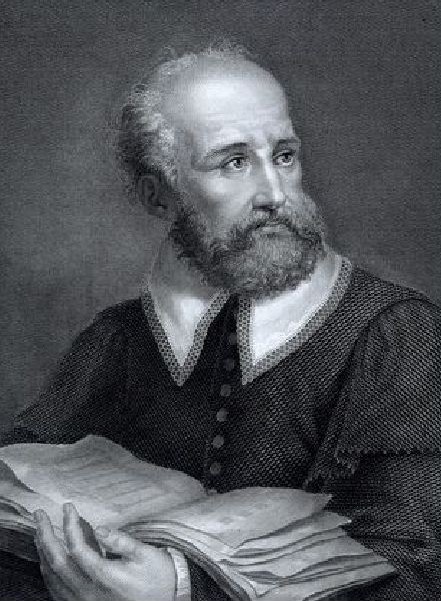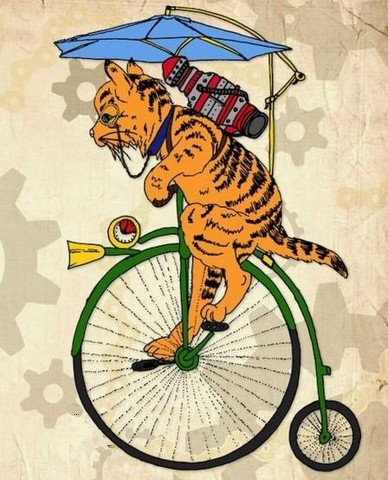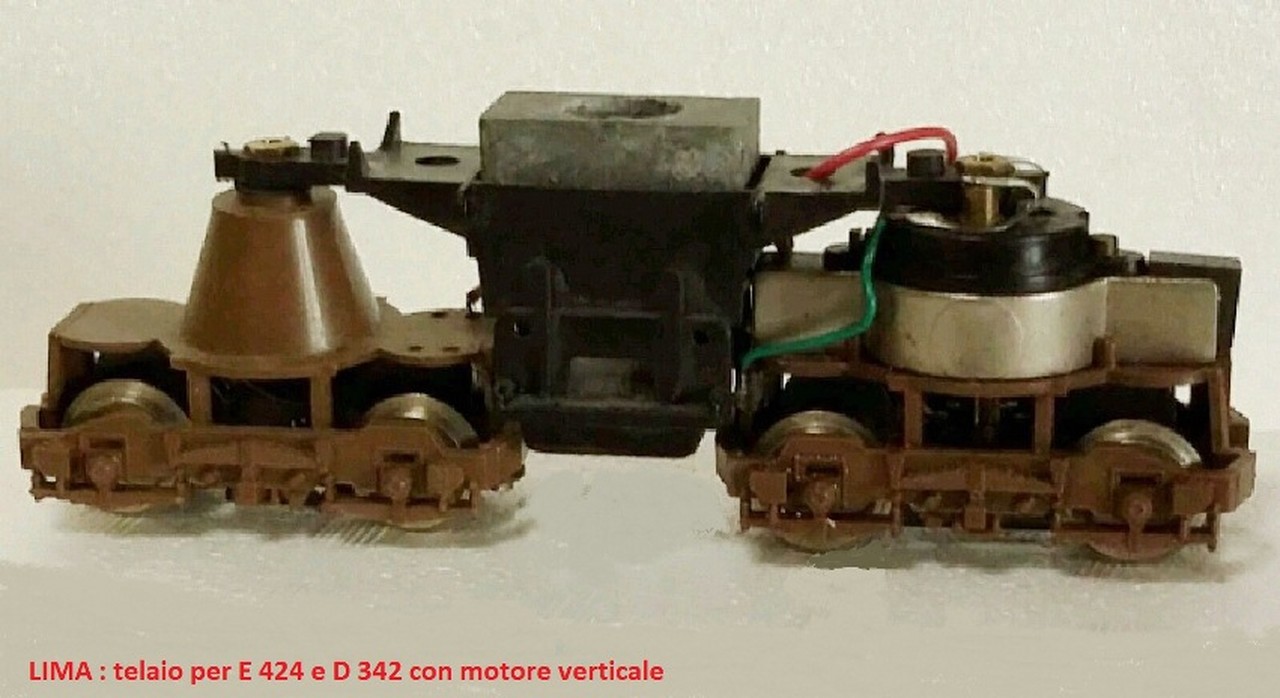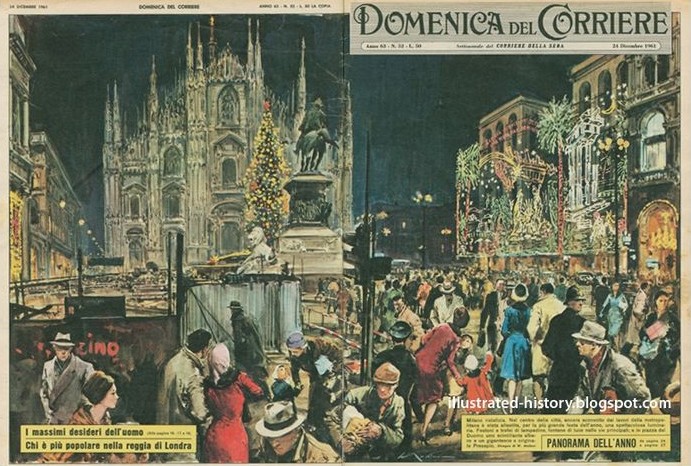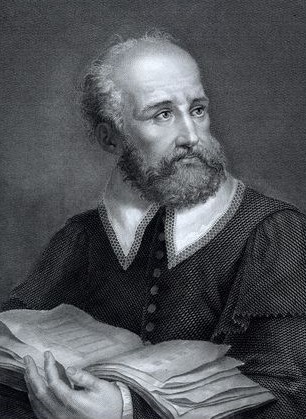LIMA: the era of engines bell type – first part
(Written by P.G.)
The mark LIMA (Italian Metals and Allied Products) is created in 1946 in the city of Palladio and initially produces metal parts for the FS, in particular for the Great Workshop Repairs located west of the city.
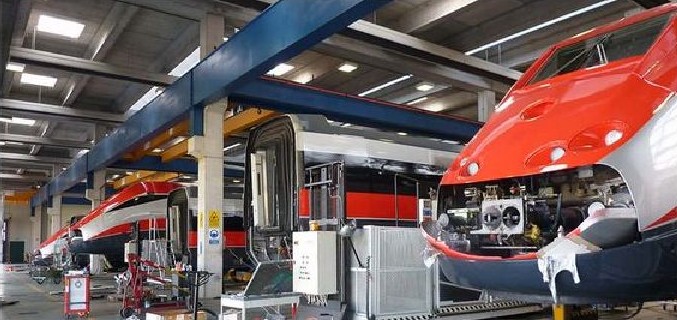
Since 1948 the company gradually converted its plant in Via Massaria production of tin toys and plastic and then, starting from 1955, after being shot by the family Bisazza, started producing miniature train.

And here children of all ages crush your nose against the windows of toy stores, tobacconists or trinkets to watch and wish those electric trains finally within reach of many piggy banks … !! …
For those of us fans, railway enthusiasts and collectors a pack LIMA was our first train …? …
L ‘impact on the market is substantial, Rivarossi tries to answer by creating the series “rr”, while some brands of’ beyond the Alps commit the ‘mistake of underestimating the “phenomenon LIMA” … ..
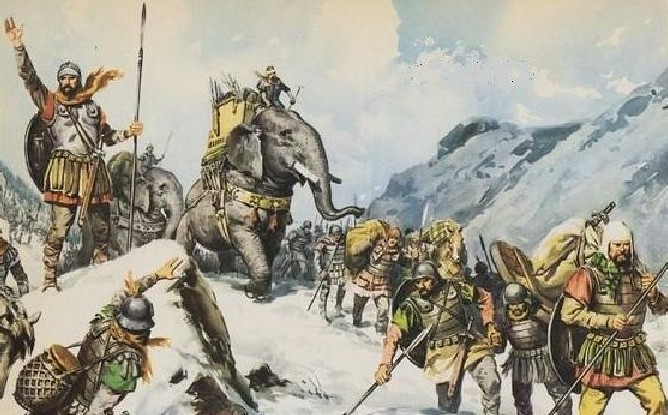
In fact, starting from ‘early’ 60s, the trains from Vicenza, crossed the Brenner, literally invade Germany contributing to the closure of companies which Distler, Dressler, Bub, and Beckh Groetsch, historic train manufacturers in tin economic scale HO / OO ….
Even France, Benelux and the Nordic countries welcome these “low-cost”, first sold through department stores, chain stores and toy stores to be gradually accepted also in ‘Olympus of hobby shops.
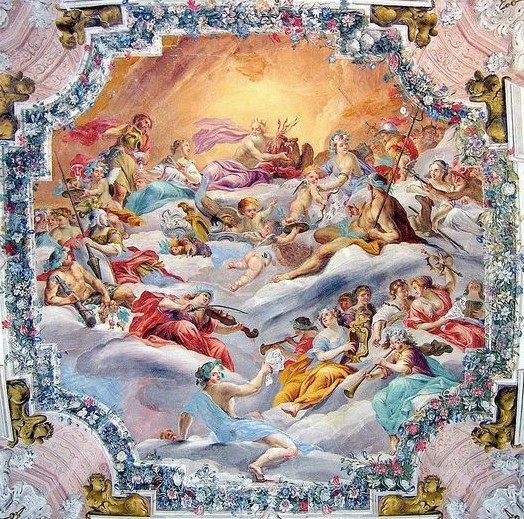
The first locomotive LIMA, 1955, here photographed in the company of some cute little wagons, will present the ‘era of the so-called vertical engine or bell ..

The locomotive, built for the most part in plastic, is coupled with a small tender to two axes curiously sold separately and is offered even in a complete package with cars in lamination
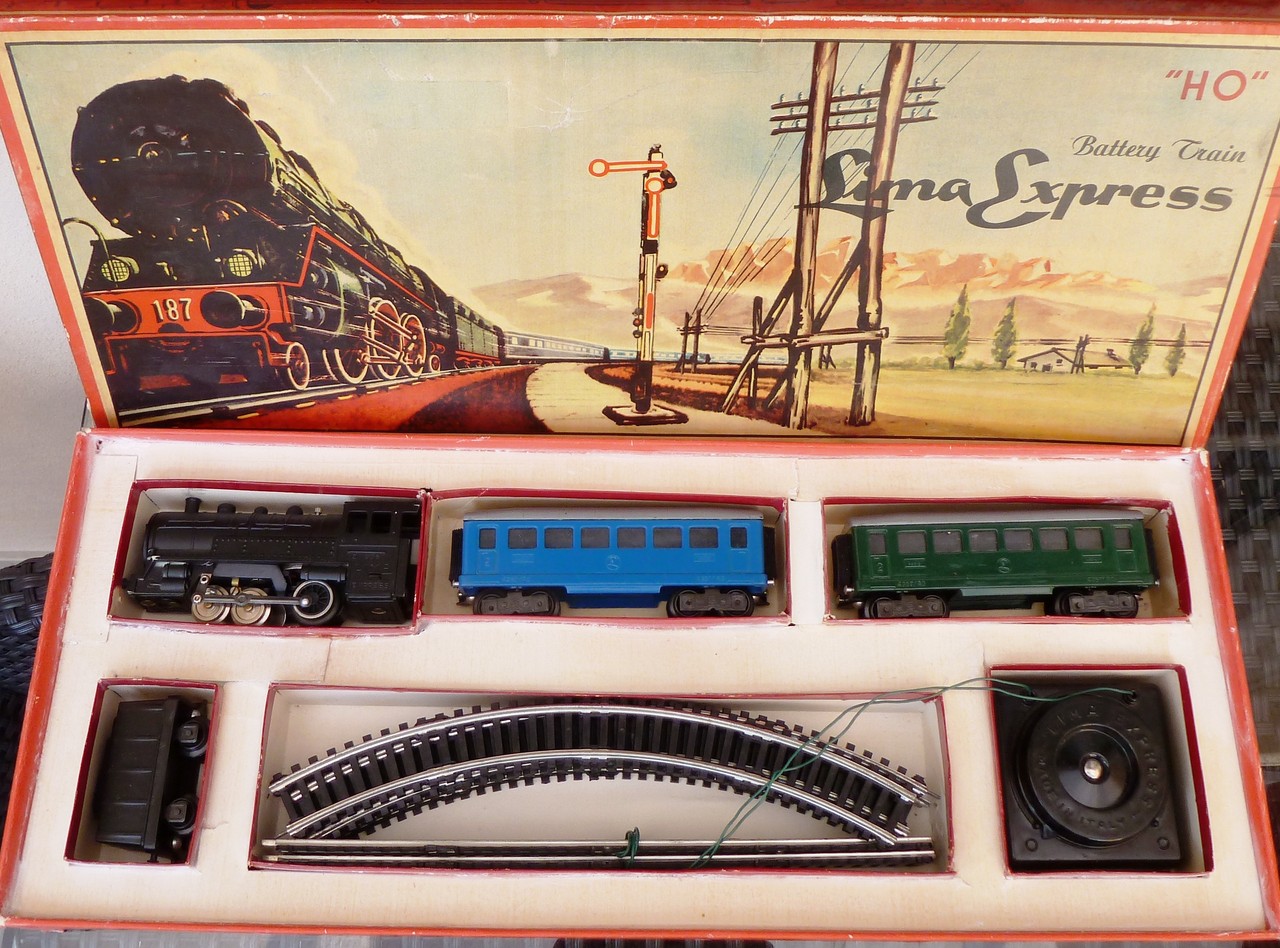
The bell engine is simple, cheap, robust … ..
… and is easily adapted to any type of machine, such as the 424 of 1960 ….
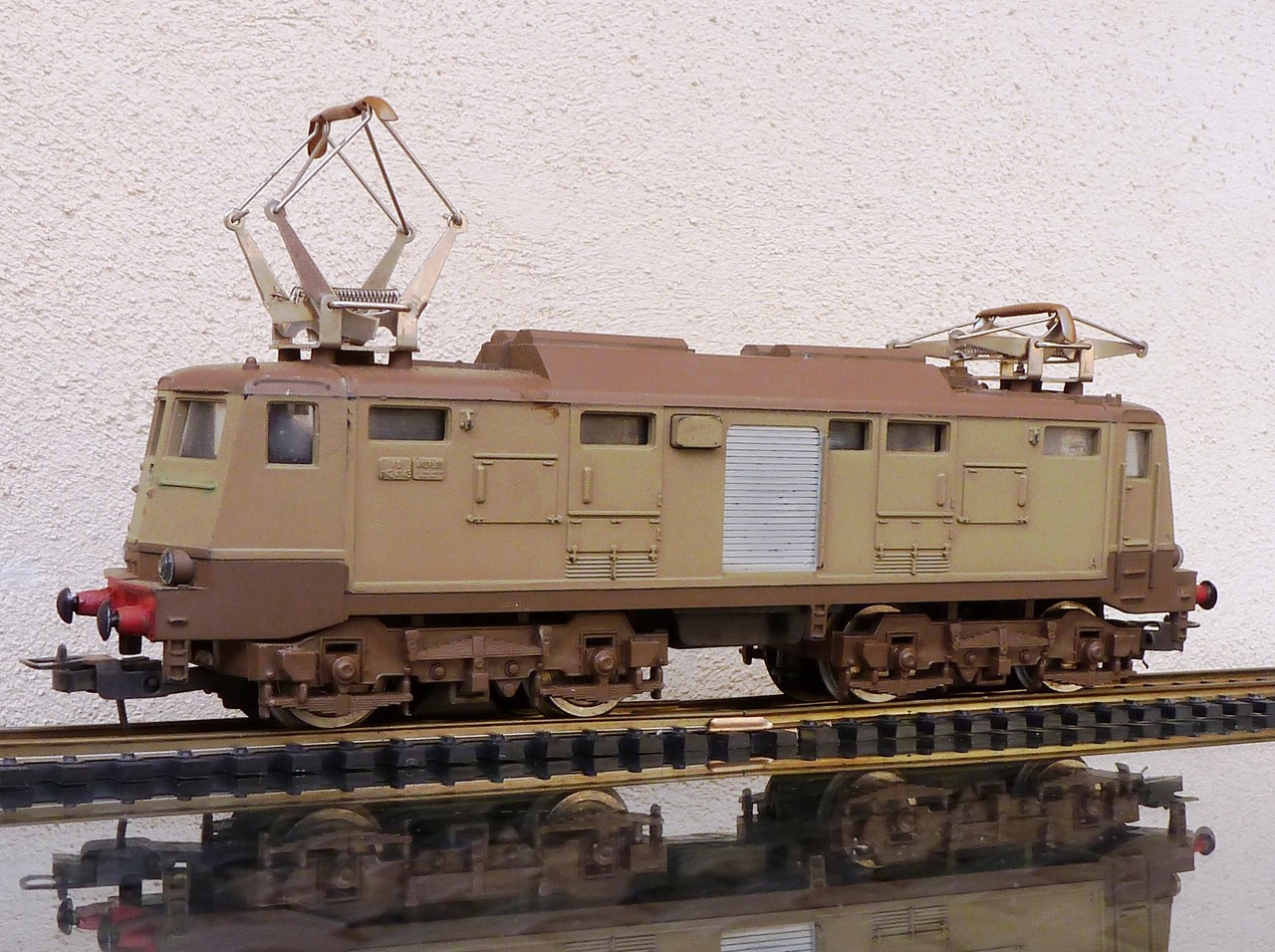
… The BB 9200 SNCF, too ‘it’s the 60 …
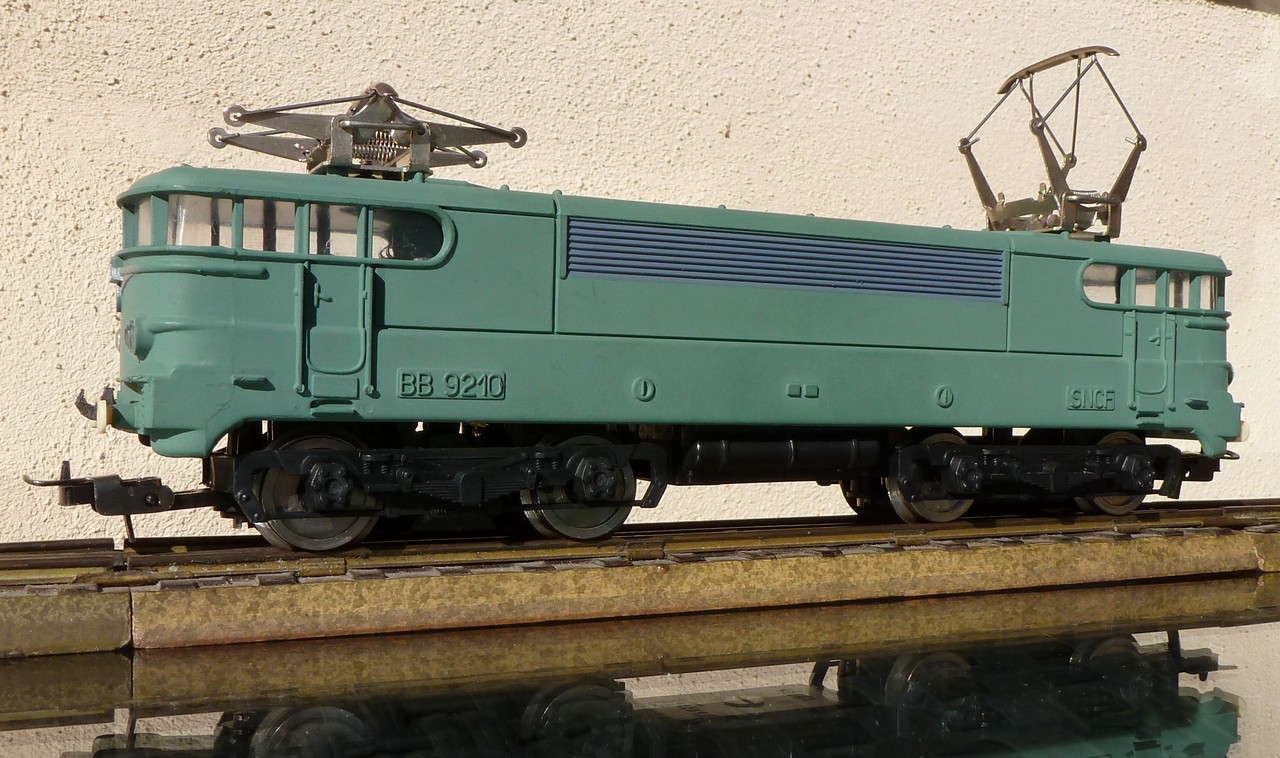
… Later produced in blue for HEMA and destined for the Dutch market (see “trains Flemish) …
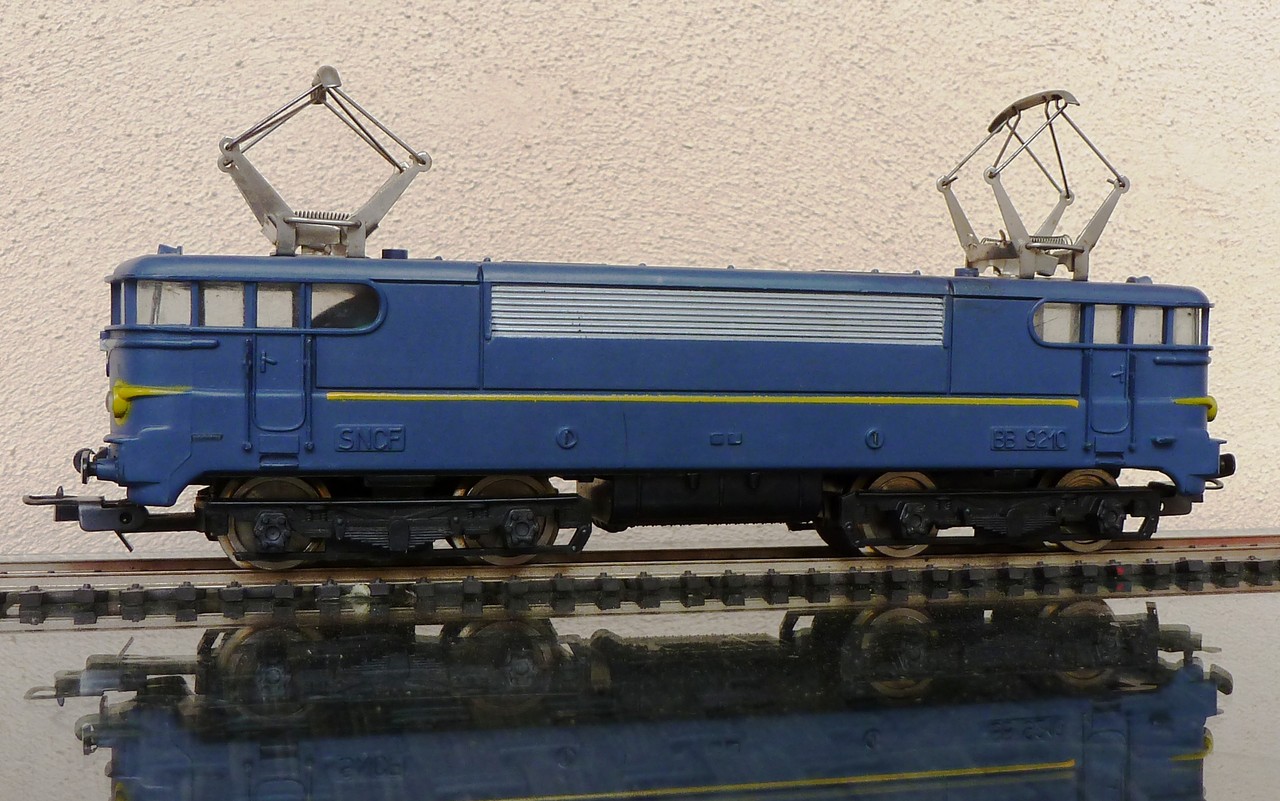
… Or the Belgian SNCB series 125 ’62 ….

The first 424 and BB 9200 have the pantographs with the creeping copper and metal hooks riveted to cart (subsequently adopt sliding steel and plastic hooks attached screw) and know liveries of various shades of color.
The D 342 Lima arriving on track in miniature already for Christmas in 1961, although not yet appearing in the catalog of that ‘year, and know an immediate success, as no other brand produces in those years, then the new line of diesel locomotives Italian ….
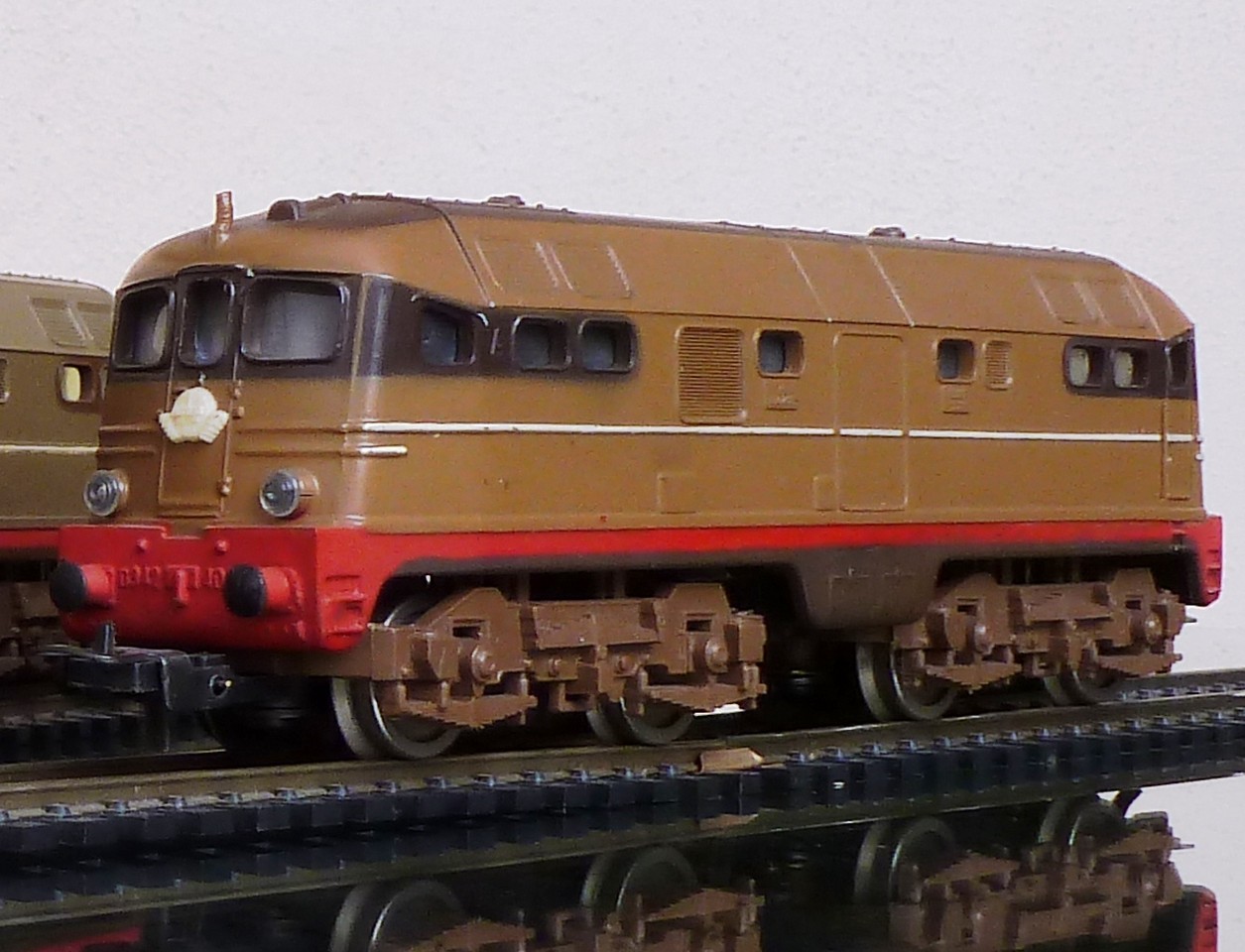
Even for these locomotives varies color tone: the first, from the left is one of the first pieces produced in ’61, ’62 is the second, the third of ’63
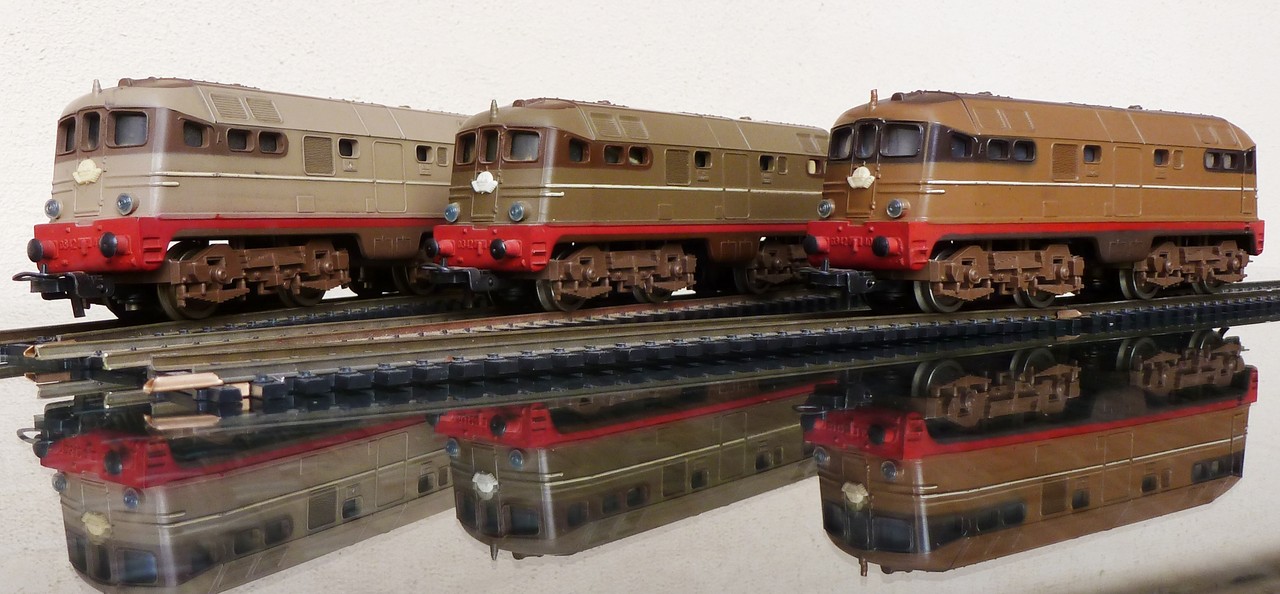
Of 424 and D 342, which share the engine, chassis and trucks, there are also a few pieces in twin-engine version, not shown in the catalogs, but only on some price lists with references 8022 and 8023 2M 2M.
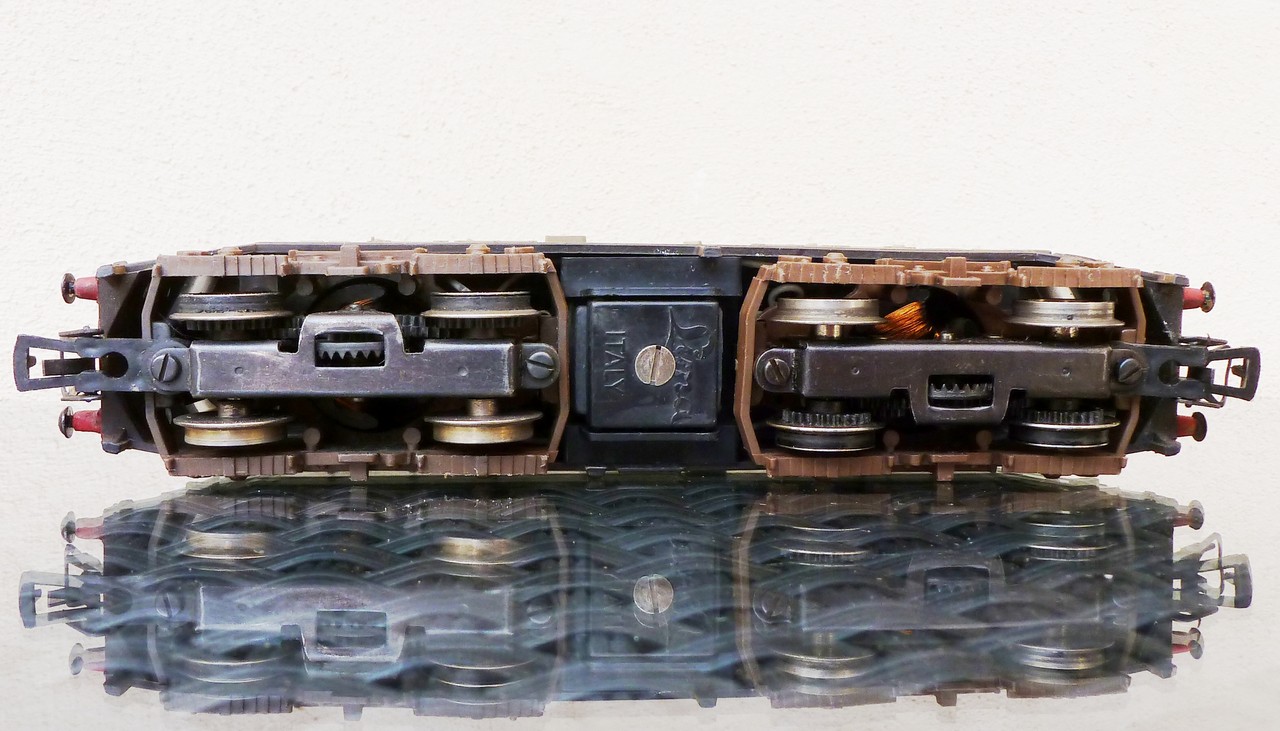
… Such machines originate from a ‘advertising initiative LIMA, that sets up in the’ autumn of ’62 in the lounge of the Palladian Basilica in his city a large oval track of more than 100 meters long and circulates two trains, one driven by a 424, one by a D 342, both of two motors, with more than sixty freight wagons each.
Second part will follow soon ….
And now we know a little about Andrea Palladio
clicking on the image below
For those interested in the production LIMA and in particular to point out catalogs sites:
www.lima-tribute.it
www.capotrenogio.com
Die LIMA Sammlerseite (mmiwacoh.de)
Or Back to Home Page
(@June 3, 2015)
